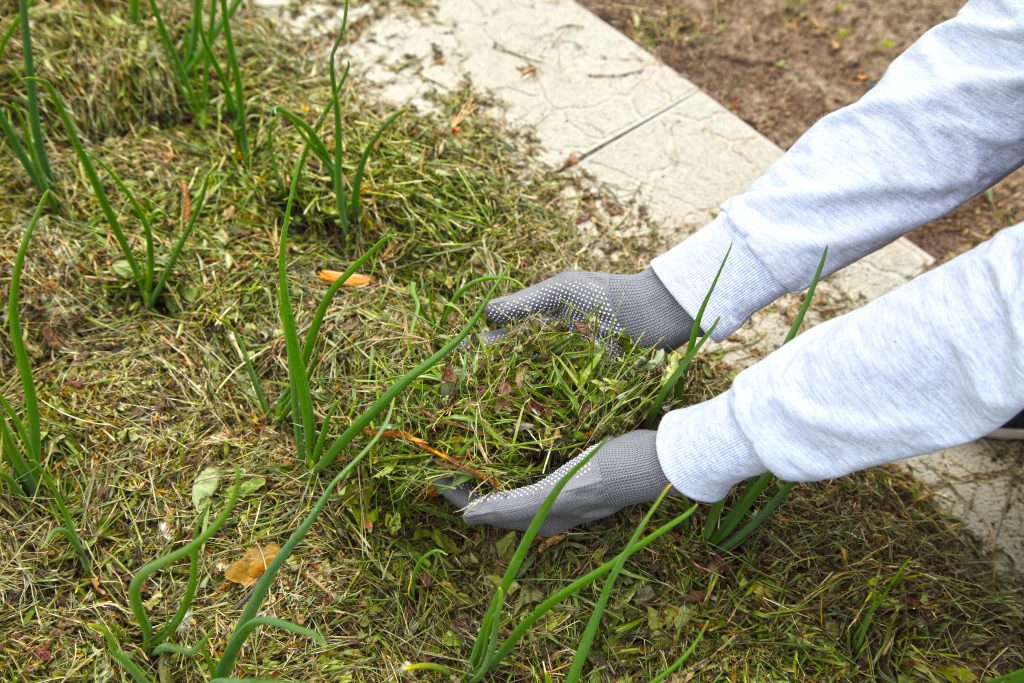A luscious, verdant lawn can be the jewel of any home, an emerald vista that invites barefoot strolls, afternoon picnics, and starlit gatherings. Yet, the path to a pristine lawn is anything but a walk in the park. It requires dedication, a sprinkle of expertise, and a dash of the right strategy for different seasons. If you’re serious about cultivating a lawn that commands admiration, this is your comprehensive guide to year-round lawn care.
Spring Cleaning for Your Lawn
As the frosty grip of winter loosens, spring offers a clean slate for your lawn’s revival. This is the season you lay the groundwork for a thriving carpet of green.
The Art of Aeration
Early spring is the optimal time to aerate your lawn. Aerating involves perforating the soil with small holes to allow air, water, and nutrients to penetrate the grass roots. A lawn aerator, whether a manual tool or a machine, can be your best friend here.
Seeding and Reseeding
If there are bare patches in your lawn, fill them in early with new grass seed. For thicker grass, it’s best to reseed the entire lawn every couple of years, using a grass type that matches the existing lawn.
The Crucial Role of Fertilizer
Fertilizing in spring provides the nutrients that the grass needs after a long, dormant winter. Look for a slow-release fertilizer for consistent feeding and healthier, more balanced growth.
Summer Lovin’ and Lawn Care
The season of sun and warmth can also be the season of stress for your lawn.
Watering Wisely
During the summer, it’s important to water your lawn deeply and less frequently to encourage deep root growth. A general rule of thumb is to water 1-1.5 inches per week, including rainfall.
Mowing Mastery
Adjust your mower height to leave grass at a height of 3 to 3.5 inches. Taller grass shades the soil, which can prevent weed germination and help retain soil moisture.
Battling the Weeds
Apply herbicides selectively and correctly. Spot-treat weed-infested areas early in the season, and keep them from going to seed to prevent future outbreaks.
Fall: Nature’s Mowing Season
This is the season for your lawn to store up nutrients for the coming winter.
Leaf Removal
Don’t wait for every leaf to fall. Regular clearing keeps your grass healthy and allows the benefits of sunlight and water to reach the soil.
Continue with the Fertilizer
An application of high-phosphorus fertilizer will help your lawn grow stronger roots which prepare it better for the harshness of the winter.
Keep Mowing
Continue to mow your lawn as long as it grows. This is important as passive growth can lower your grass’s ability to capture sunlight for food.
Winterizing Your Lawn
Winter can be brutal on your lawn. Here are the tools you need to protect it.
Winter Fertilization
Apply a winterizing fertilizer that’s specifically formulated to help freshen up your grass after the summer heat and to encourage strong root growth before winter sets in.
Weed Control
Winter weeds can be a real nuisance. To keep them at bay, apply a pre-emergent weed killer in the late fall.
Maintain the Height
Don’t stop mowing your lawn entirely. Continue to maintain the regular mowing schedule, but reduce the height slightly to prevent mold or snow mold from forming under your grass.
Beyond the Basics: Advanced Lawn Care Strategies
For those looking to take their lawn care to the next level, consider these advanced strategies.
Soil Testing
Regular soil testing can help you identify your lawn’s exact needs, allowing you to tailor your lawn care regimen for optimal health.
Over-seeding Techniques
Learn about top-seeding and slice-seeding, two techniques used to improve the overall density and appearance of your lawn.
Irrigation Systems
Consider installing an automatic irrigation system to ensure your lawn gets the precise amount of water it needs, especially during hot summer months, to reduce water waste and keep your lawn healthy.
Tools of the Trade: Must-Have Lawn Care Equipment
Your lawn is only as good as the tools you employ. Here’s a list of must-have equipment for the serious lawn enthusiast.
A Good Lawn Mower
It starts with the basics. A quality lawn mower that’s well-maintained will be your primary tool in maintaining a beautiful lawn.
A reliable Dethatcher
Thatch, the layer of organic material that can block air and water, is a common lawn problem, and a dethatcher helps you remove it effectively.
Lawn Aerator
A solid core aerator will help your lawn breathe and retain necessary nutrients throughout the entire growing season.
Spreader for Fertilizer and Seeds
Even distribution of your fertilizers and seeds is critical for optimal and uniform growth.
The Eco-Friendly Lawn Care Revolution
Sustainable lawn care is not just an option; it’s a responsibility. Here are some eco-friendly tips to consider.
Organic Fertilizers
Use fertilizers made from organic materials to decrease your carbon footprint and promote healthier soil.
Natural Pest Control
Introduce beneficial insects or birds into your lawn to control pests naturally instead of using harmful chemicals.
Composting
Recycle grass clippings and organic kitchen waste into compost, providing a natural and healthy soil additive.
Conclusion: Cultivating Not Only a Lawn, but a Lifestyle
Lawn care is an art that can bring joy and satisfaction to your home. By adopting these expert tips and strategies, you are not just tending to your grass; you’re creating a space for life’s most memorable moments. It’s time to step up your lawn care game and transform your patch into a personal paradise. With each new season, your dedication will yield a richer, greener, and more resilient landscape. Happy lawn-tending, and may your grass be forever greener.
